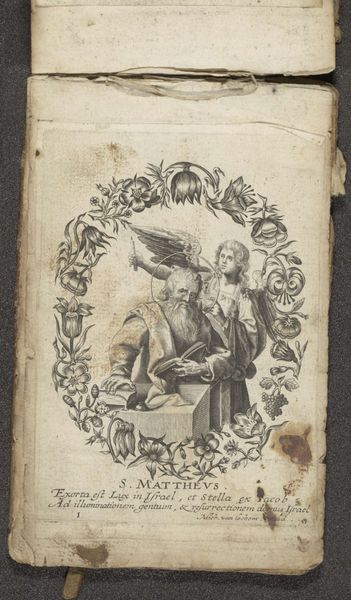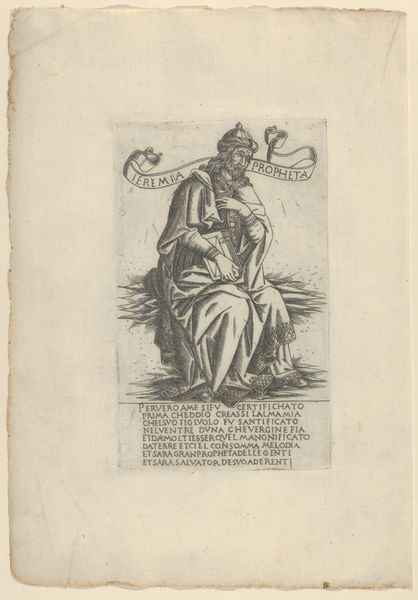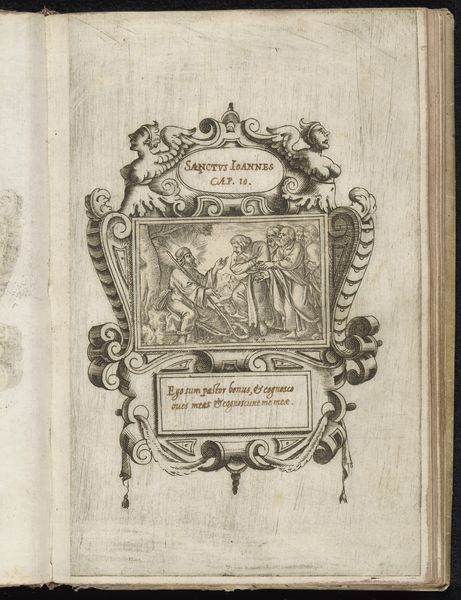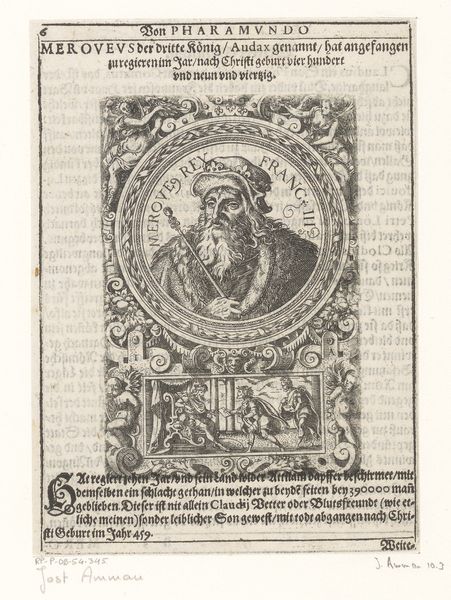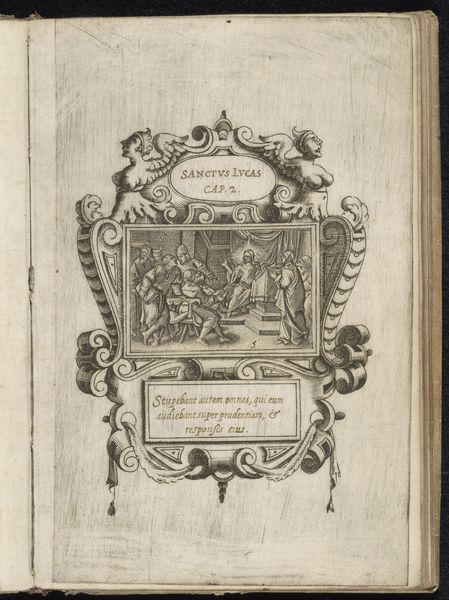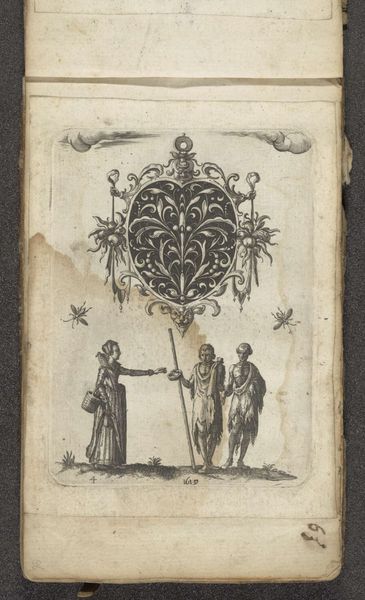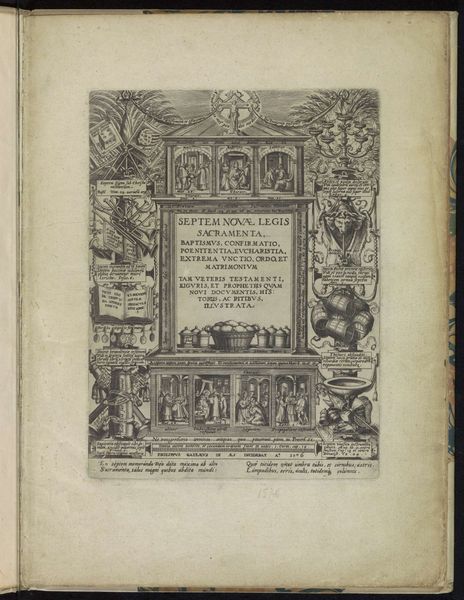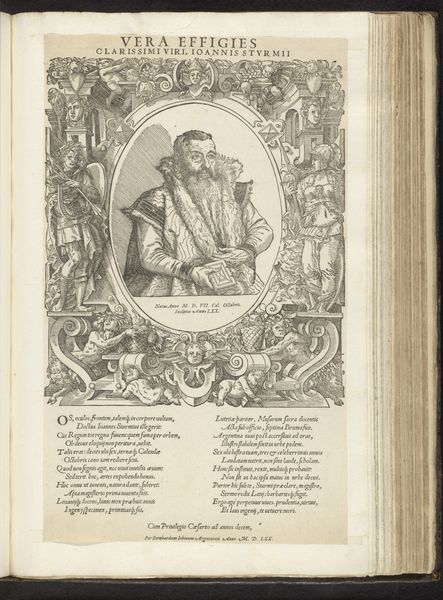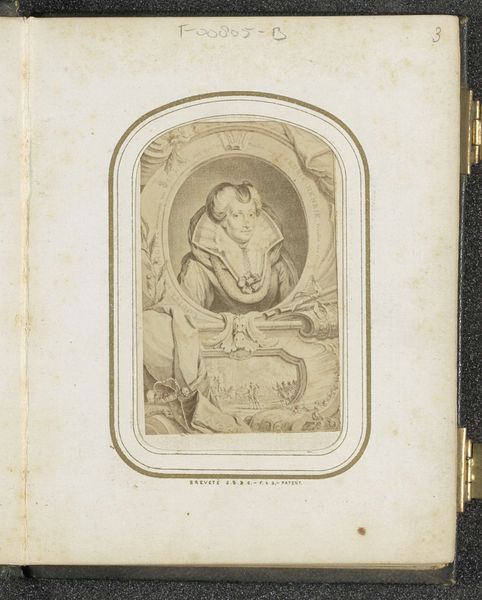
print, engraving
#
baroque
# print
#
figuration
#
history-painting
#
engraving
Dimensions: height 130 mm, width 91 mm
Copyright: Rijks Museum: Open Domain
Editor: This engraving, titled "Evangelist Marcus," was created by Michel van Lochom sometime between 1611 and 1647. The figure is enclosed within a wreath of leaves, the printmaking appears meticulous and refined. How should we approach understanding this image in a broader context? Curator: It’s fascinating how a seemingly simple image like this reveals so much about the role of art in society. Van Lochom's engraving must be considered within the framework of Counter-Reformation printmaking. This wasn't simply a devotional image. Its role extended to reinforcing religious authority amidst the social and political upheaval of the era. Notice the lion; its prominent placement isn’t merely symbolic but operates within established iconographic conventions used by the church. How might such visual language influence its audience? Editor: So the imagery serves a specific didactic function? It's interesting how these elements combine with Baroque style and techniques in order to impress a religious message. Curator: Precisely! This imagery of St. Marcus accompanied by his attribute - the lion - in this era could signal a response to emerging religious heterodoxies, shaping public perception and bolstering institutional power through the dissemination of such imagery. Religious images became powerful propaganda tools. Editor: That connection between artistic style, religious content, and social messaging is enlightening! It really brings a new dimension to appreciating works like "Evangelist Marcus". Curator: Indeed, by examining its historical and institutional context, we gain a deeper understanding of the intentions behind it. We appreciate the artwork not merely as an aesthetic creation, but as an active participant in the religious, and even political discourses of its time. Editor: I'm beginning to see this less as just a print and more as a strategic instrument for wielding influence. It truly changes my appreciation of the work. Curator: Wonderful! And hopefully that will encourage further study of images as vital pieces of history.
Comments
No comments
Be the first to comment and join the conversation on the ultimate creative platform.
